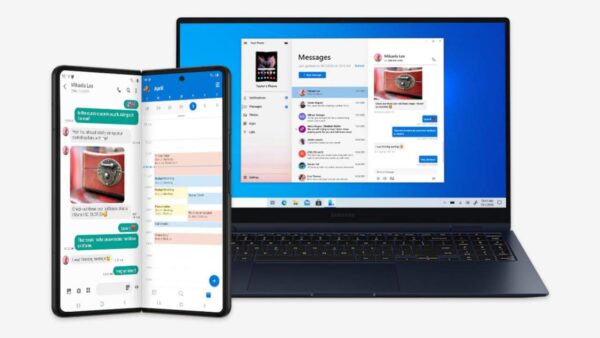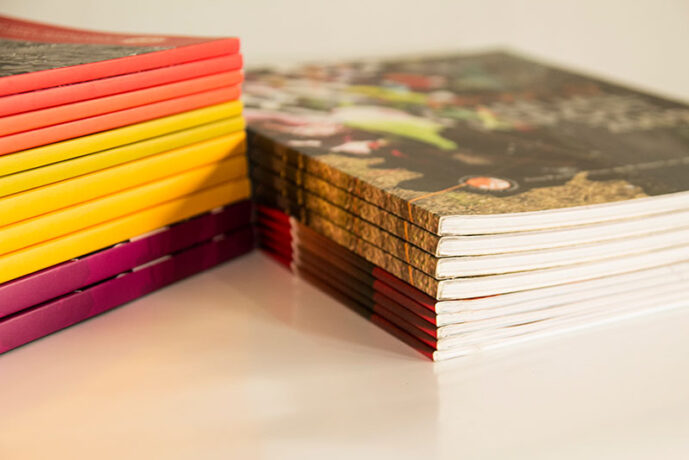
For several years, Samsung and Microsoft have enjoyed an association that gave preferential treatment to telephones with galaxies. At first, it simply manifested itself as the pre-installed Microsoft applications that, of course, people considered the Bloatware or Special Offers in some Microsoft Subscription Services. That association eventually stirred more fruits, such as deep integration with Windows 10, as well as the new versions of its productivity applications specially designed for the new Samsung folding phones.
Folding phones not only mean having a larger screen. It also means having a slightly new factor or user experience, one that rotates with two virtual areas on the same screen. Taking into account the amount of folding phones in the market, it is not really surprising that few applications really take advantage of that.
Fortunately, the narrow bonds of Microsoft with Samsung may have helped the software giant to obtain a lead in others in that regard. While Microsoft’s applications have been for a long time on Android and pre-installed on many Samsung phones, there are three that are now designed to make the most of the Galaxy Z Fold 3 screen.
The most basic way it happens is through the native support of the divided Android screen, which allows two different applications to run from side to side. However, some Microsoft applications also have special designs when used in the Galaxy Z Fold 3. Microsoft equipment, for example, will show attendees at the bottom with a full screen presentation at the top, while Outlook double panel mode allows you to preview the emails on one side while reading a complete email on the other.
As the newest Samsung High-end Galaxy phones, the Galaxy Z Fold 3 and Galaxy Z Flip 3 will be added more to the list of compatible devices for several Windows 10 functions. Definitely, it would be good if other important applications followed their example , especially because Google itself is pressing the Android application developers so that they have such factors in mind by designing user experiences.



